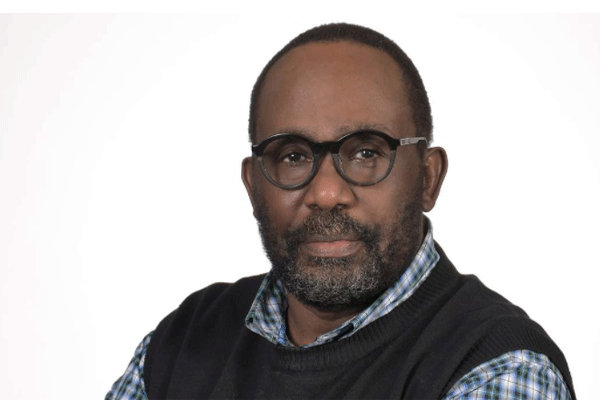The beautiful small things Uganda lost in fires

Author, Charles Onyango Obbo. PHOTO/FILE
Reading stories and looking at photographs of the swearing-in of the 11th Ugandan Parliament on Monday, something you don’t see a lot of these days caught my eye. There were some fellows wearing ties that are cousins, in appearance, to the elegant classic one with the tiny flying cranes.
If you look at historical photographs, that classic was the in-tie in the 1960s, and remained much-fancied in the early years of field marshal Idi Amin’s rule. It was the national tie. I tried to get one for many years to add my collection of national memorabilia, and couldn’t find it.
I have never seen President Yoweri Museveni wear one. The one man who donned it often (and likely still does, will know when I meet him post-Covid) is Geoffrey Onegi Obel former chairman of NSSF and presently chairman of UAP Financial Services.
In years gone by, it was de rigueur for our sports people parading outside the country; at the Olympics, the Commonwealth Games, the African Cup of Nations; and the national cricket team cast it in a particularly wonderful light. In the photographs from those days, you will see that the national emblem patch logo for jackets also had pride of place.
The patch is easier to find on a few online stores, but it has largely disappeared from official apparel. I saw it on the jackets of two men a while back. One of them, you guessed it, again was Onegi. Darn!
What does Obel do that many Ugandans don’t? I don’t want to take agency away from him, but it probably has to do more with how he was raised. Onegi’s old man, Angelo Onegi Obel was the governor of the Bank of Uganda from 1973 to 1978.
A student of Namilyango College, Obel Senior worked as an accounting clerical officer in Lira and Arua, went to study in Canada, and returned to work in the Ministry of Finance, serving as Commissioner for Taxation. In 1968, he was appointed to Bank of Uganda as the deputy governor. In 1973, he was appointed governor of the bank. That first generation of post-independent bureaucrats and technocrats had a lofty nationalist streak, and got marinated in the nation-building project. They had deeply ingrained notions of the separation of the state and government, especially the ruling party.
It is also likely that they wrapped themselves in the flag, partly to avoid donning ruling party colours. Those same ingredients flowed in the breast milk of the middle class of that period. Obel Junior likely drank some of it. The end of this tradition happened dramatically with the ouster of Idi Amin in 1979. There was a sense that the Ugandan state had been soiled by Amin’s violence. A bond had been broken, and many became shy about celebrating the flag at the personal level.
Secondly, the infrastructure for the reproduction of these national symbols was destroyed in war, looting, and the economic collapse of the Amin years. The Asians whom Amin expelled in 1972 were a key element in their production and distribution. So, starting right from the government printer in Entebbe, right down to Uganda’s national dance troupe of the time, The Heartbeat of Africa, everything went down the drains.
Thirdly, the big revivalist push by the old parties (the Uganda People’s Congress and the Democratic Party in particular) in the intensely competitive environment between 1979 and the end of 1980 (now with the Yoweri Museveni-led Uganda Patriotic Movement in the fray), led to a shift in the political culture that gave prominence to party colours over the flag. Thus, during the Milton Obote II government, while some of the 1960s class like the likeable and witty Planning and Development minister Sam Odaka (Foreign minister in Obote I), still brought out the classic national tie, the UPC colours ruled.
This tradition has grown, with the result that most male MPs of the ruling NRM on Monday turned out in yellow ties, and those from Bobi Wine’s National Unity Party, spotted red ties. On the global stage, especially sports, there has been a happier development. The added Africanist shift meant that the male athletes in the Uganda Olympics team to the 2012 Olympics in London were regal in kanzu, but then wore something ugly in 2016. The women have held on longer to the busuti/gomesi and kikoyi.
That a 40-year-old today knows the UPC’s and DP’s colours; is very familiar with NRM’s yellow ties and dresses, and NUP’s red ones, but could die without setting eyes on that old classic Ugandan tie tells you everything you need about how the lines between party, state – and even country – has blurred in Uganda. For curiosity’s sake, though, they could look for Obel and ask him for a peek.
Mr Onyango-Obbo is a journalist, writer and curator of the “Wall of Great Africans”.
Twitter: @cobbo3





